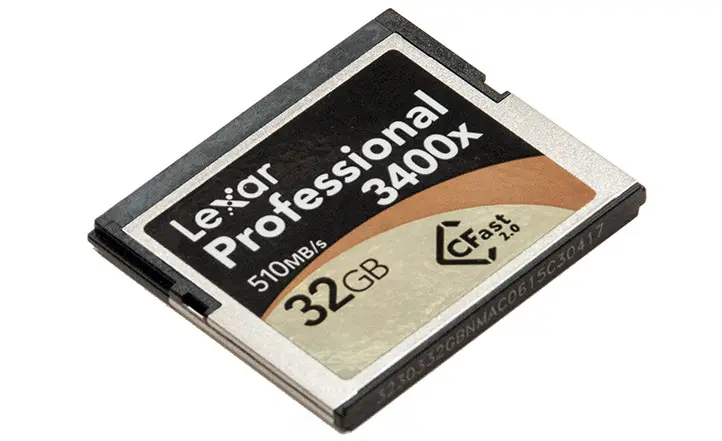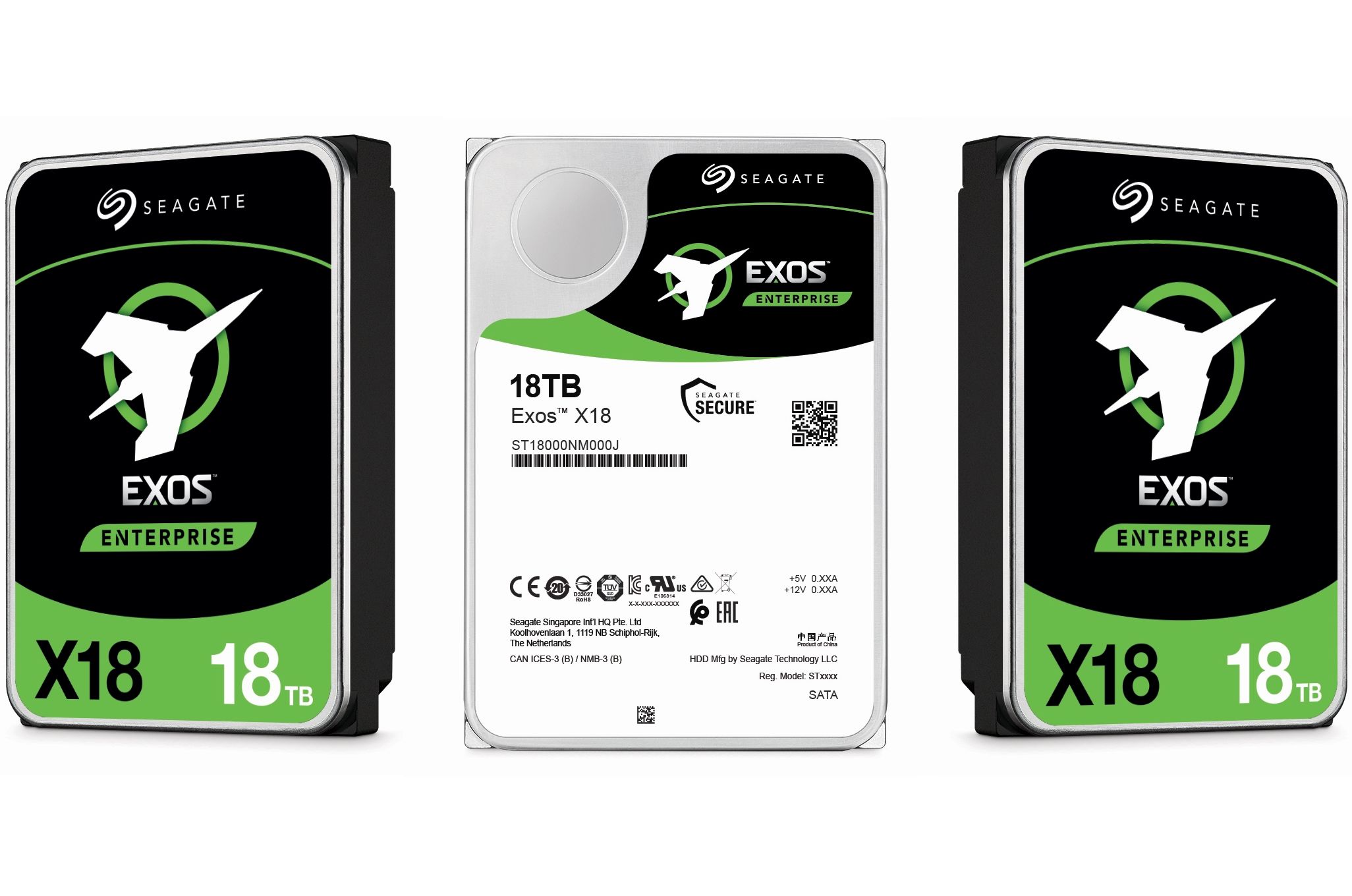Even though CFast 2.0 has not been used in any camera yet, the writing is on the wall for CompactFlash. Put simply CFast2.0 is going to do what CFAST 1.0 was supposed to: replace the ageing CompactFlash interface with a more modern one. Yes many people predicated the same thing would happen when CFAST 1.0 was released, but the fact of the matter is the time was not right and the SATA standard was not ready. The end result was the then new CFAST 1.0 was simply never able to capitalize on its moderate performance improvement…or at least not well enough to justify to manufactures that the time for change had finally come. But now the time has come and CFast 2.0 is the future of CompactFlash.
As we saw in testing this first generation CFast 2.0 card outclasses the best CompactFlash has to offer in both read and write performance. In fact the write speed is already nearly 80% improved. More importantly this gap in performance will only grow as time goes by as manufactures like Lexar start to capitalize on the possibilities CFast 2.0’s better standards offer.
So why should you care about a standard that right now is limited to only a handful of 4K cameras? The answer to that is four fold. Firstly, CFast 2.0’s standard will allow for much, much larger cards and as time goes by it is very likely we will see 1TB and larger cards – whereas 1066X CompactFlash cards are topping out at about 256GB. Put another way CFAST 2.0 is more future proof. Secondly, the interface removes the risks of damaging the card via bent pins – as CFast 2.0 cards don’t have any pins to bend.
The next reason is DSLR camera manufactures are entering a new ‘pixel war’ with massive 50MP cameras expected to become more and more common – and even larger megapixel cameras expected within two years. Let’s take the Canon 5Ds for example and what that it means for consumers. This camera creates 60+ Megabyte RAW files and with even 1066X Compact Flash cards means a measly 2.5 frames per second once its small onboard buffer is filled. However if that exact same camera had even one CFAST 2.0 slot, the Lexar 3400X CFast 2.0 card could have handled 4.5 frames per second worth of data. Since it’s a 5fps camera we doubt consumers would have noticed that small drop in speed once the onboard buffer was filled. That is what CFast 2.0 cards offer camera consumers now, and with so much room to grow this potential is only going to get bigger and bigger.
However CFast 2.0 has another trick up its sleeve and one that will interest PC enthusiasts: it’s a micro-SATA interface! In other words for under $10 a small form-factor enthusiast could take this 32GB card and convert it to a SATA ‘Solid State Drive’…one that would be very good for say running FreeNAS inside a custom Network Attached Storage build. Many enthusiasts – including ourselves – have done precisely that with CompactFlash cards, but with CFast 2.0 there would be only zero performance penalties. That is just one such example of what CFast 2.0 has to offer consumers and why the Lexar 3400X is soon going to be the card to have in your camera bag.












